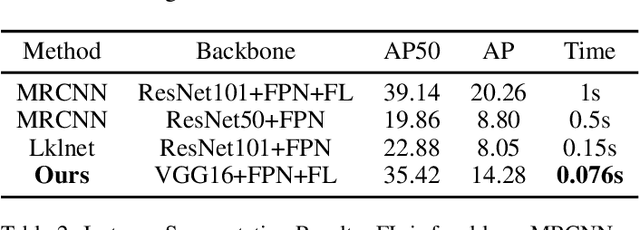Jianping Xing
VCE: Variational Convertor-Encoder for One-Shot Generalization
Nov 12, 2020Abstract:Variational Convertor-Encoder (VCE) converts an image to various styles; we present this novel architecture for the problem of one-shot generalization and its transfer to new tasks not seen before without additional training. We also improve the performance of variational auto-encoder (VAE) to filter those blurred points using a novel algorithm proposed by us, namely large margin VAE (LMVAE). Two samples with the same property are input to the encoder, and then a convertor is required to processes one of them from the noisy outputs of the encoder; finally, the noise represents a variety of transformation rules and is used to convert new images. The algorithm that combines and improves the condition variational auto-encoder (CVAE) and introspective VAE, we propose this new framework aim to transform graphics instead of generating them; it is used for the one-shot generative process. No sequential inference algorithmic is needed in training. Compared to recent Omniglot datasets, the results show that our model produces more realistic and diverse images.
SDOD:Real-time Segmenting and Detecting 3D Objects by Depth
Jan 26, 2020



Abstract:Most existing instance segmentation methods only focus on 2D objects and are not suitable for 3D scenes such as autonomous driving. In this paper, we propose a model that splits instance segmentation and object detection into two parallel branches. We discretize the objects depth into "depth categories" (background set to 0, objects set to [1, K]), then the instance segmentation task has been transformed into a pixel-level classification task. Mask branch predicts pixel-level "depth categories", 3D branch predicts instance-level "depth categories", we produce instance mask by assigning pixels which have same "depth categories" to each instance. In addition, in order to solve the problem of imbalanced between mask labels and 3D labels in the KITTI dataset (200 for mask, 7481 for 3D), we use unreal mask generated by other instance segmentation method to train mask branch. Despite the use of unreal mask labels, experiments result on KITTI dataset still achieves state-of-the-art performance in vehicle instance segmentation.
 Add to Chrome
Add to Chrome Add to Firefox
Add to Firefox Add to Edge
Add to Edge